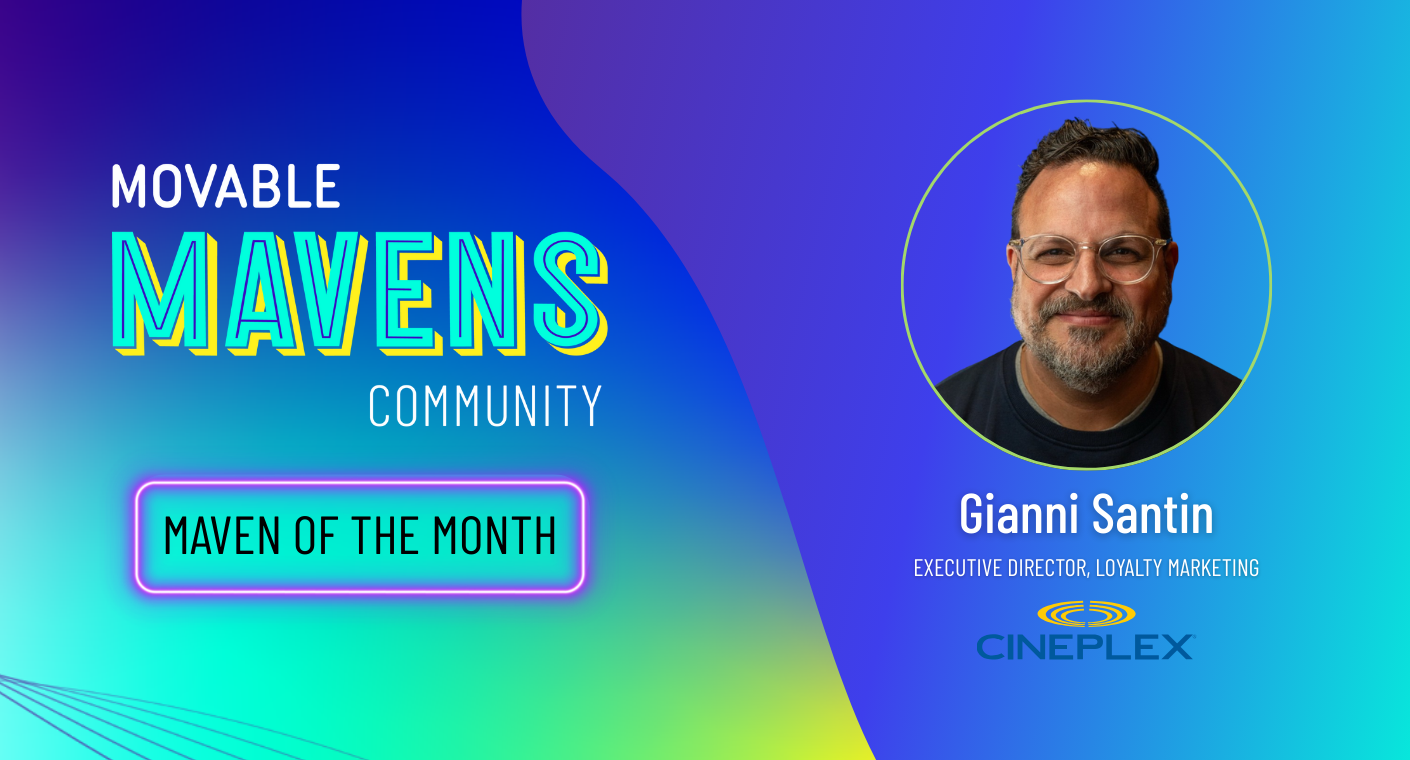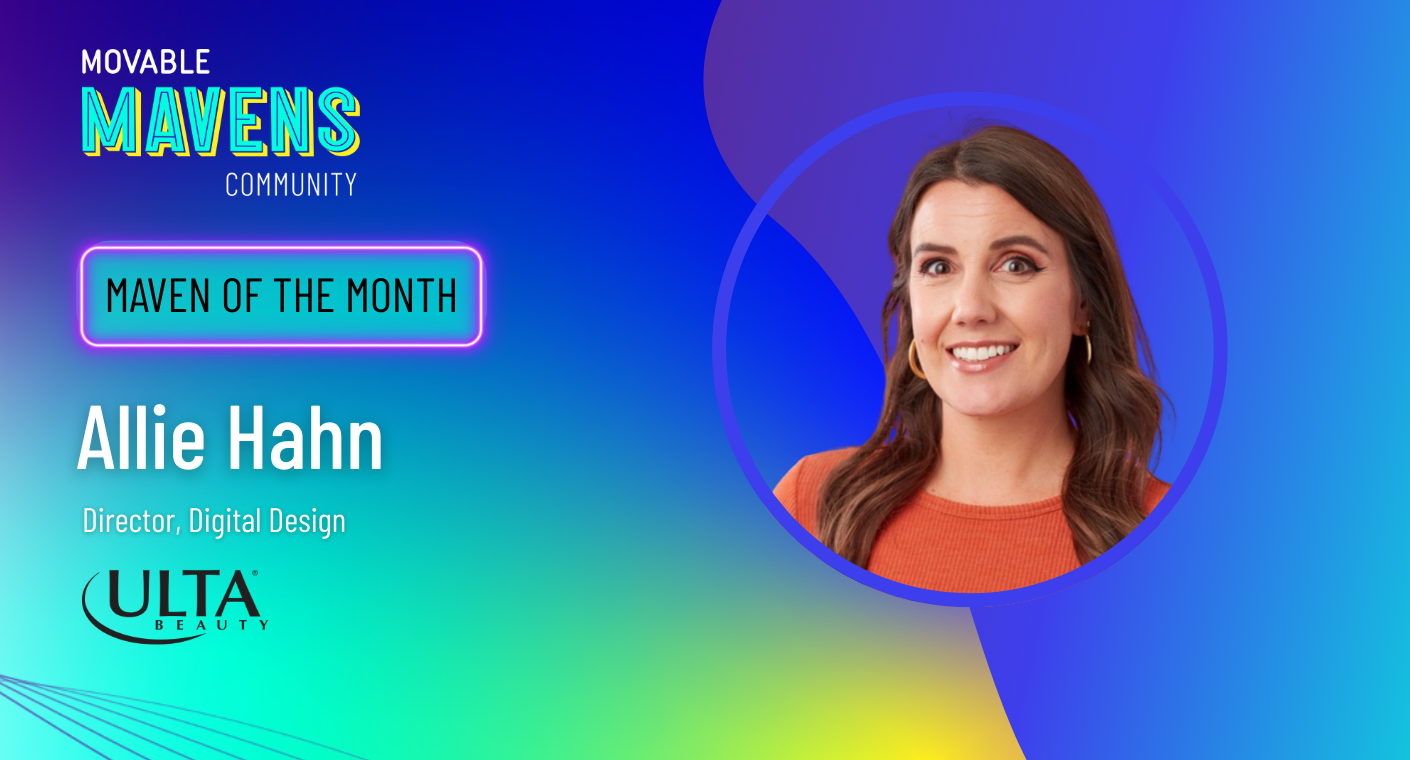The buzzwords of pandemic and post-pandemic digital marketing have grown with every new stop and start to the economy. There’s a good reason for this–everyone’s been forced online over the past two years and privacy concerns have caused Apple and other tech brands to change their data practices. Brands have responded by completely shifting how they view the customer journey, as data simultaneously becomes more abundant with the increase of digital shopping and more difficult to utilize with the sunsetting of third-party cookies and the introduction of Mail Privacy Protection.
Now, loyalty is at the heart of nearly every digital marketer’s 2022 objectives. Yet as Nikki Baird argues in Forbes, the customer journey has largely focused on new customer acquisition leaving post-purchase strategies and loyalty to the wayside. It’s time for savvy brands to extend that journey past acquisition by focusing on personalization that builds real relationships with consumers post-purchase.
The Ultimate Loyalty Personalization Playbook
As loyal consumers become more difficult to retain, personalizing brand experiences at every turn can drive successful results. See how your team can do it.
Download the eBook
Dedication to Loyalty
Brands have always concerned themselves with loyalty. The ROI on returning customers is often far higher than new acquisition, and loyal consumers are more reliable during good economic times as well as downturns. Even with the knowledge of how vital loyalty and customer retention can be, the value increased dramatically after Apple released its new Mail Privacy Protection, which limits marketers’ ability to personalize emails based on someone’s IP address. Almost overnight, many marketers were forced to adjust tactics and there was a gold rush on sophisticated zero- and first-party data strategies.
Loyalty programs are an excellent way to build customer relationships while collecting important zero- and first-party data that marketers can then use in sophisticated personalized email and mobile campaigns. Of course, customers may be inundated with new offers which could then drive up the costs associated with perks and rewards–a 10% gift card or free month of streaming doesn’t sound all that enticing when another brand offers twice that. So how do marketers better understand exactly what their customers want and build real value that goes much further than a discount ever could?
One place to start is the post-acquisition phase, when customers have the warm glow of their new purchase still dancing in their head. Brands should focus on the wants and needs of consumers at this moment, by understanding the questions customers ask themselves and building marketing personalization strategies that provide the answers. It’s time to build more loyal customers by breaking down their journey from purchase to loyalist.
Integrating Loyalty into Customer Journeys
As previously mentioned, many marketers tend to focus their customer journeys on the acquisition phase: what do customers need to know about our brand before they buy and how do we build digital marketing and personalization strategies around these questions? Yet acquisition is only the start of most customer journeys, and the real value lies in understanding the customer’s needs once they’ve purchased, subscribed, invested, or booked a flight.
The truth is many post-purchase customer journeys were completely upended by the ease that eCommerce introduced. Suddenly many consumers that were unfamiliar with or uninterested in online shopping learned how simple it is to compare prices across many different websites and brands. Marketers banking on loyal customers to weather the pandemic quickly learned the fickle nature of their new reality. Marketing Dive found that 80% of consumers bought a different brand than their usual over a 90 day period in 2021. Research by McKinsey suggests that almost 75% of American consumers that tried different brands during the pandemic continue to do so once the world experiences a return to normalcy.
It’s up to marketers to stem the tide and build loyal, personal relationships with consumers that increase average lifetime value. That will require a certain understanding of a customer’s thought and decision making processes as well as cross-channel personalization that addresses these needs.
Much like every customer is unique, customer journeys will differ from industry to industry and even brand to brand. For an outdoor retailer, personalized emails that offer instructional content on a customer’s favorite activities could help strengthen the relationship in ways that a promotional offer ever could. For QSR brands, a sophisticated mobile loyalty program could answer questions of convenience that solve real-world issues for their customers.
Building a Personalized, Omni-Channel Path
Personalizing every step of the customer journey, across multiple channels, ensures that each unique individual is on the right path towards loyalty. However you integrate the post-purchase journey into digital marketing, personalization can help create more lasting relationships that build revenue and keep customers happy.




%20copy.png)



